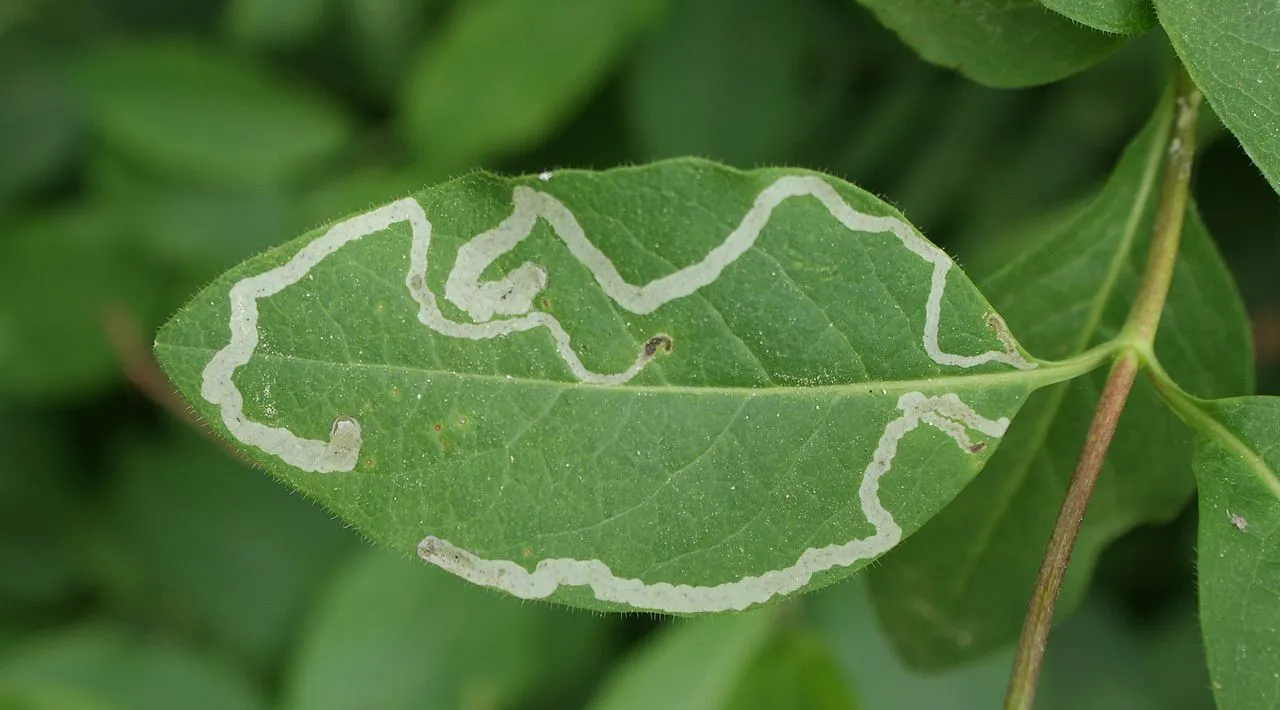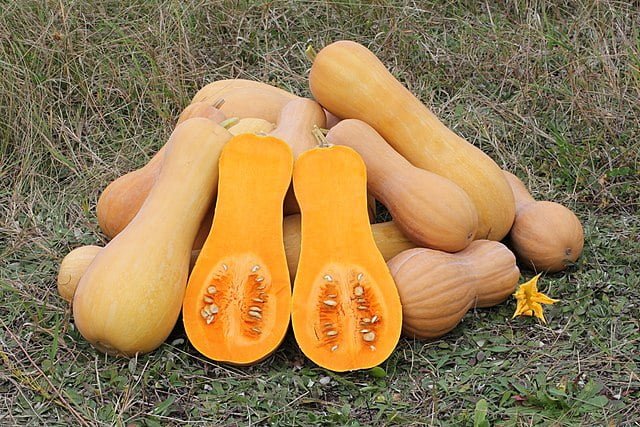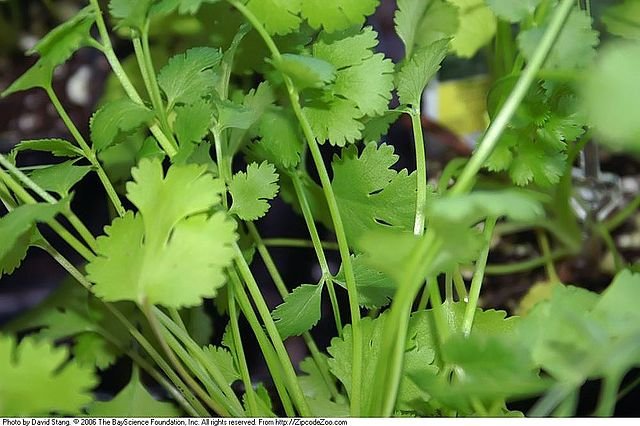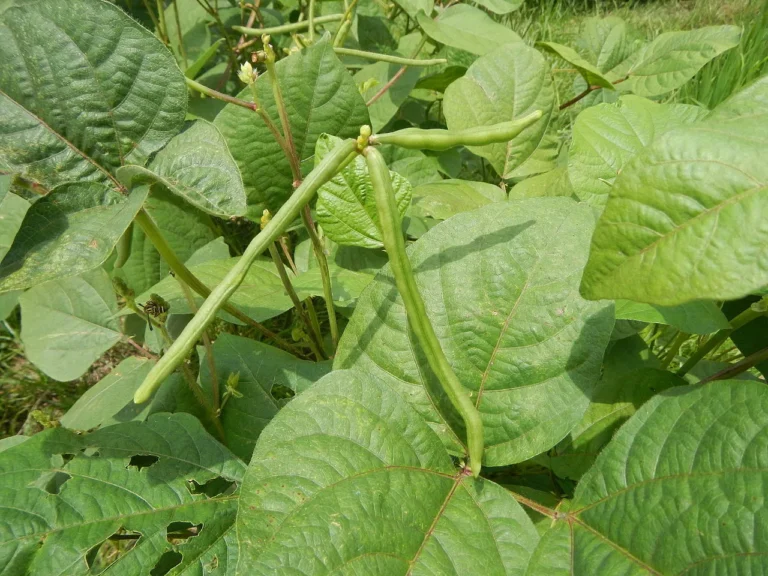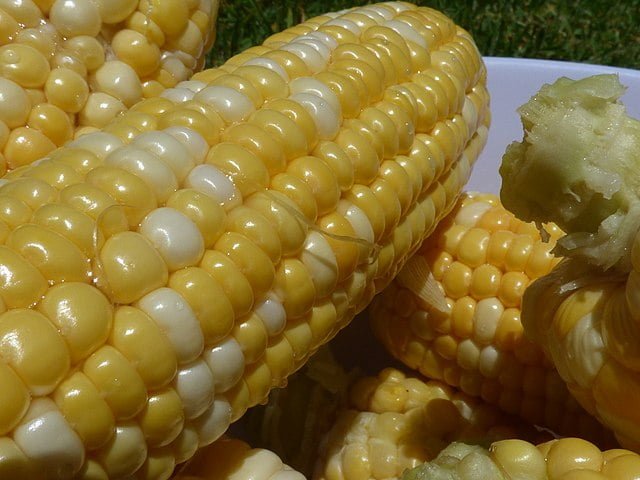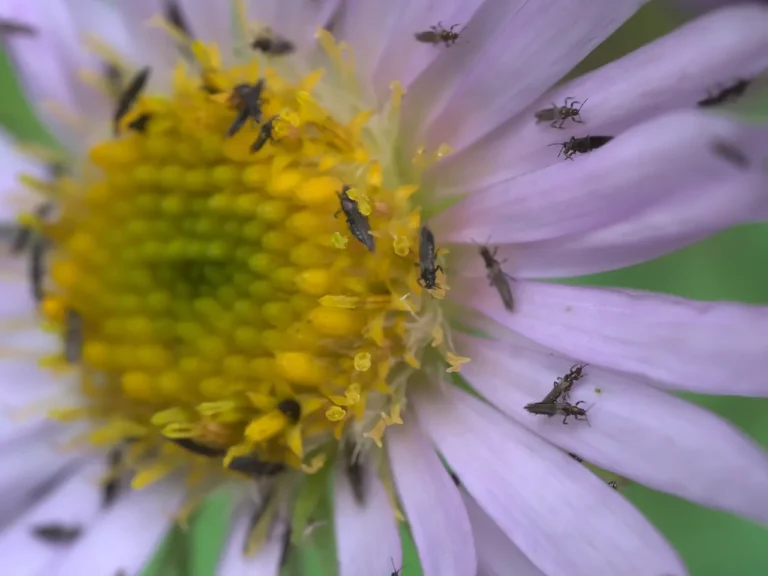Battling Leaf Miners: Strategies for Protecting Your Plants
Leaf miners can affect a wide range of plants, including vegetables, flowers, and ornamental shrubs, leaving behind telltale signs of their presence in the form of serpentine trails on leaves. While they rarely cause severe damage to healthy, mature plants, heavy infestations can weaken young plants and diminish harvests. Understanding how to manage leaf miners is key to maintaining the health and beauty of your garden.
Identifying Leaf Miners
Leaf miner damage is recognizable by the squiggly lines visible on leaf surfaces, which are actually tunnels made by the larvae as they feed. Other signs include spots or blotches on leaves where eggs are laid and, in severe cases, leaf curling and drop. It’s crucial to identify the type of leaf miner affecting your plants, as their life cycles and vulnerabilities can vary.
Life Cycle of Leaf Miners
Most leaf miners have several generations per year and overwinter in the soil or on plant debris as pupae. Adult insects emerge in the spring to lay eggs on the undersides of leaves. The eggs hatch into larvae, which burrow into the leaves to feed, eventually emerging to pupate and start the cycle over.
Preventive Measures
- Cultural Controls: Keep your garden clean by removing plant debris and weeds, which can harbour leaf miner populations. Practice crop rotation to disrupt their life cycle.
- Physical Barriers: Cover susceptible plants with floating row covers to prevent adults from laying eggs on the leaves.
- Monitoring: Regularly inspect plants for early signs of leaf miner activity. Removing infested leaves promptly can help reduce the population.
Managing Leaf Miner Infestations
- Biological Control: Encourage natural predators, such as parasitic wasps, which can significantly reduce leaf miner populations.
- Insecticides: Chemical control is generally not recommended due to the difficulty of reaching larvae within leaves and the potential harm to beneficial insects. If necessary, use targeted, systemic insecticides sparingly and according to label instructions.
- Soil Treatments: For plants repeatedly affected by leaf miners, consider treating the soil around the plant to target overwintering pupae. Natural options such as beneficial nematodes can be effective.
Aftercare and Monitoring
After addressing a leaf miner infestation, continue to monitor your plants closely for new signs of activity. Maintaining healthy, vigorous plants through proper watering, fertilization, and pruning practices can help them withstand and recover from leaf miner damage more effectively.
Final Thoughts
Leaf miners are a common challenge in gardens, but with vigilant monitoring, preventive strategies, and targeted interventions, gardeners can protect their plants from these pests. By understanding the life cycle of leaf miners and employing a combination of cultural, physical, and biological controls, you can minimize damage and enjoy a healthy, thriving garden.

